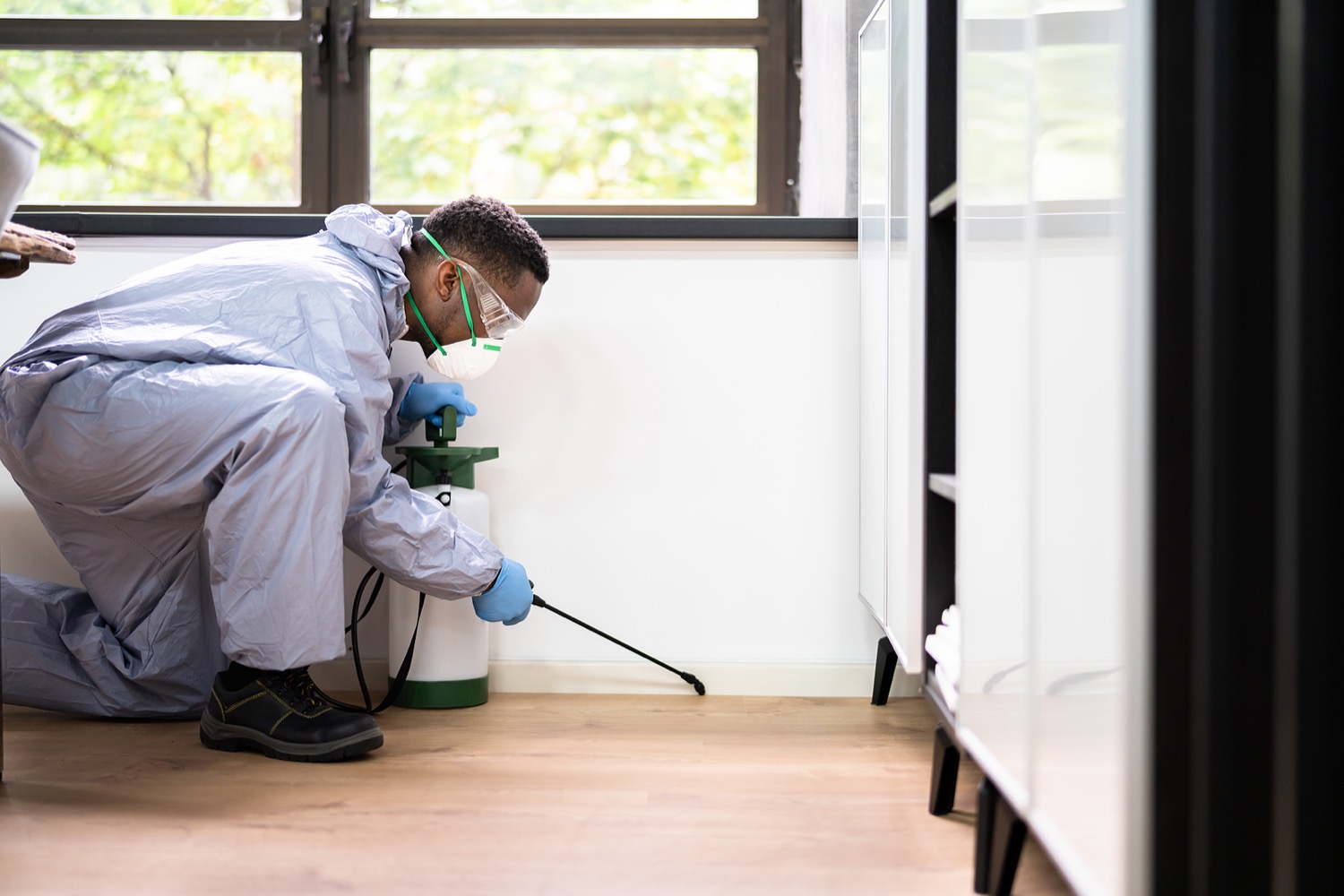Bed Pest Treatment Failure: Comparing Chemical Vs. Non-Chemical Solutions
In the world of pest control, especially when dealing with the consistent problem of bed pests, the selection between chemical and non-chemical therapy remedies can be a critical one. Both strategies offer distinctive benefits and drawbacks, affecting elements such as efficiency, safety factors to consider, and overall price. By checking out the nuanced information of each method, a more clear understanding of which path to pursue in addressing a bed pest problem can be acquired.
Efficiency of Chemical Treatments
Chemical therapies for bed insect infestations have been extensively recognized for their potent and quick effectiveness in eliminating these parasites. When thinking about the effectiveness of chemical treatments, it is crucial to recognize that they can supply a complete and quick remedy to a bed pest problem.
Moreover, chemical treatments have the advantage of supplying residual results, meaning that they can remain to eliminate bed pests even after the preliminary application. This residual activity is especially advantageous in combating any prospective re-infestations. Additionally, the fast action of chemical treatments can bring alleviation to people encountering severe bed bug invasions, allowing them to regain control of their home swiftly.
Security Interest In Chemical Solutions
When using chemical solutions for bed pest therapy is making certain the safety of owners and the environment,One important facet that requires careful factor to consider. While chemical therapies can be efficient in eliminating bed pests, they might position risks if not managed appropriately. Among the primary security interest in chemical options is the potential injury they can cause to human health. Exposure to specific chemicals used in bed pest treatments can bring about respiratory problems, skin inflammation, or other adverse reactions, especially in people with pre-existing problems or level of sensitivities. Additionally, improper application or dose of chemical pesticides can lead to harmful residues remaining in the treated location, posturing long-term health and wellness risks to owners.
Furthermore, the ecological influence of chemical solutions is another considerable factor to consider. Some pesticides used in bed insect treatments might be unsafe to helpful insects, wildlife, and communities if they seep into the soil or water supply. It is necessary to use chemical therapies deliberately, complying with security guidelines, and considering much less harmful choices to minimize these risks and make sure the safe and effective monitoring of bed pest problems.
Benefits of Non-Chemical Techniques
Considering the prospective security worries and environmental influence associated with chemical services for bed bug therapy, discovering non-chemical approaches offers a promising alternative with a number of distinctive benefits. Non-chemical treatments are ecologically friendly, as they do not contribute to air or water air pollution, making them a lasting option for insect control.
In addition, non-chemical solutions can be reliable in targeting bed bugs, consisting of hard-to-reach areas where chemical treatments may not permeate. Methods such as warm treatment, vacuuming, steam cleaning, and bed mattress coverings give complete removal without making use of harmful chemicals. In addition, non-chemical techniques can be much less turbulent, requiring very little preparation and permitting quicker reentry right into dealt with areas. On the whole, going with non-chemical bed bug therapy techniques not only prioritizes security and environmental management but also makes certain effective and extensive insect control.
Limitations of Non-Chemical Treatments

Additionally, non-chemical therapies commonly need numerous applications to attain successful eradication. This can be time-consuming and may not constantly assure total removal of all bed pests and their eggs, specifically in hard-to-reach or concealed areas.
Additionally, the success of non-chemical therapies greatly depends on correct execution and thoroughness, which can be testing for individuals without specialist competence. Inadequate application of non-chemical approaches might result in insufficient eradication, bring about relentless infestations and the requirement for additional treatments.
Consequently, while non-chemical therapies have their benefits, it is important to recognize these limitations and consider them when determining the most reliable strategy for taking care of bed bug infestations.
Cost Contrast: Chemical Vs. Non-Chemical Options
Provided the constraints related to non-chemical therapies, an important facet to evaluate in the context of bed pest monitoring is the cost comparison in between chemical and non-chemical alternatives. Chemical therapies normally entail the application of insecticides by experts, which can vary from $250 to $900 per space, depending on the seriousness of the invasion and the dimension of the area to be treated. On the other hand, non-chemical therapies like heat treatment or steam can be a lot more expensive, with prices ranging from $1,000 to $6,000 for an entire home. While the first price of chemical therapies may seem lower, numerous treatments may be called for to fully eliminate the infestation, potentially boosting the general browse around this web-site price. On the various other hand, non-chemical alternatives may give a much more environmentally friendly and lasting remedy, although they can be cost-prohibitive for some people. Ultimately, when thinking about the price of bed insect therapy alternatives, it is very important to consider the upfront expenditures versus the effectiveness and long-lasting sustainability of the picked approach.
Conclusion

Thinking about the prospective safety problems and ecological impact associated with chemical options for bed pest treatment, discovering non-chemical approaches provides an appealing a knockout post option with numerous distinct benefits.Offered the constraints associated with non-chemical treatments, an essential aspect to assess in the context of bed insect administration is the cost contrast between chemical and non-chemical alternatives. In comparison, non-chemical therapies like warm treatment or heavy steam can be a lot more pricey, with expenses varying from $1,000 to $6,000 for a whole home. While the first cost of chemical therapies might seem lower, several therapies might be required to completely remove the infestation, possibly enhancing the additional resources general expense.In final thought, when contrasting chemical and non-chemical bed bug therapy choices, it is important to consider effectiveness, safety, advantages, limitations, and expense.